Puma's Marketing Plan: Strategies, Analysis, and Implementation
VerifiedAdded on 2023/01/23
|10
|486
|70
Presentation
AI Summary
This presentation provides an analysis of Puma's marketing plan, encompassing key aspects such as the 4Ps (Product, Price, Place, and Promotion) and implementation strategies. The presentation begins with an overview of marketing principles and then delves into Puma's specific approach, including their product offerings, pricing strategies, distribution channels, and promotional activities. The document highlights Puma's focus on sportswear, sports goods, and fashion accessories, as well as their premium pricing strategy and distribution through both multi-brand storefronts and their own stores. It also discusses the importance of promotional activities and outlines how Puma implements its marketing plan, including budget allocation. The presentation concludes by emphasizing the significance of strong customer relationships and the importance of providing customers with accurate information to foster loyalty and enhance profitability. References to academic journals are also included.
1 out of 10

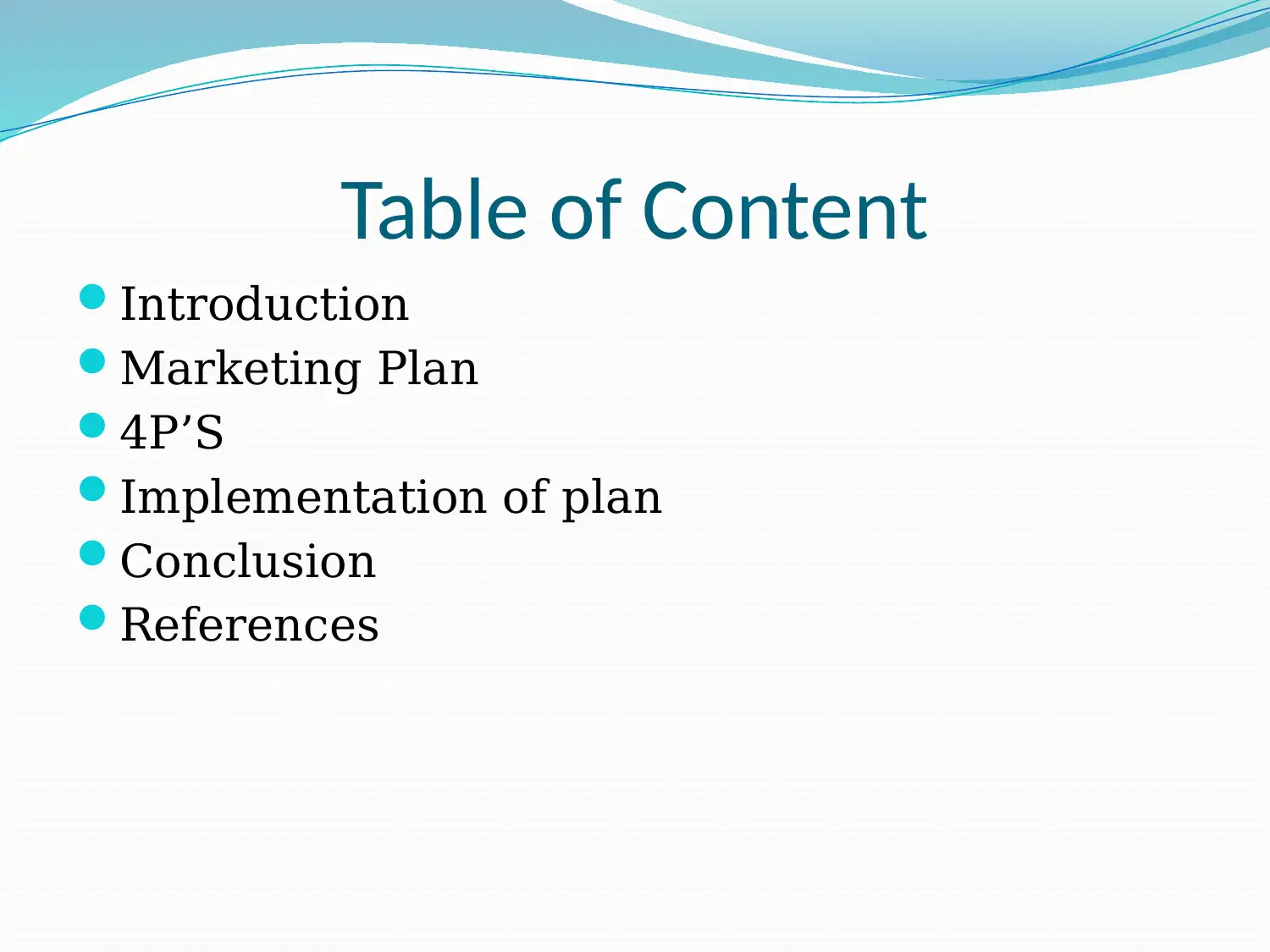
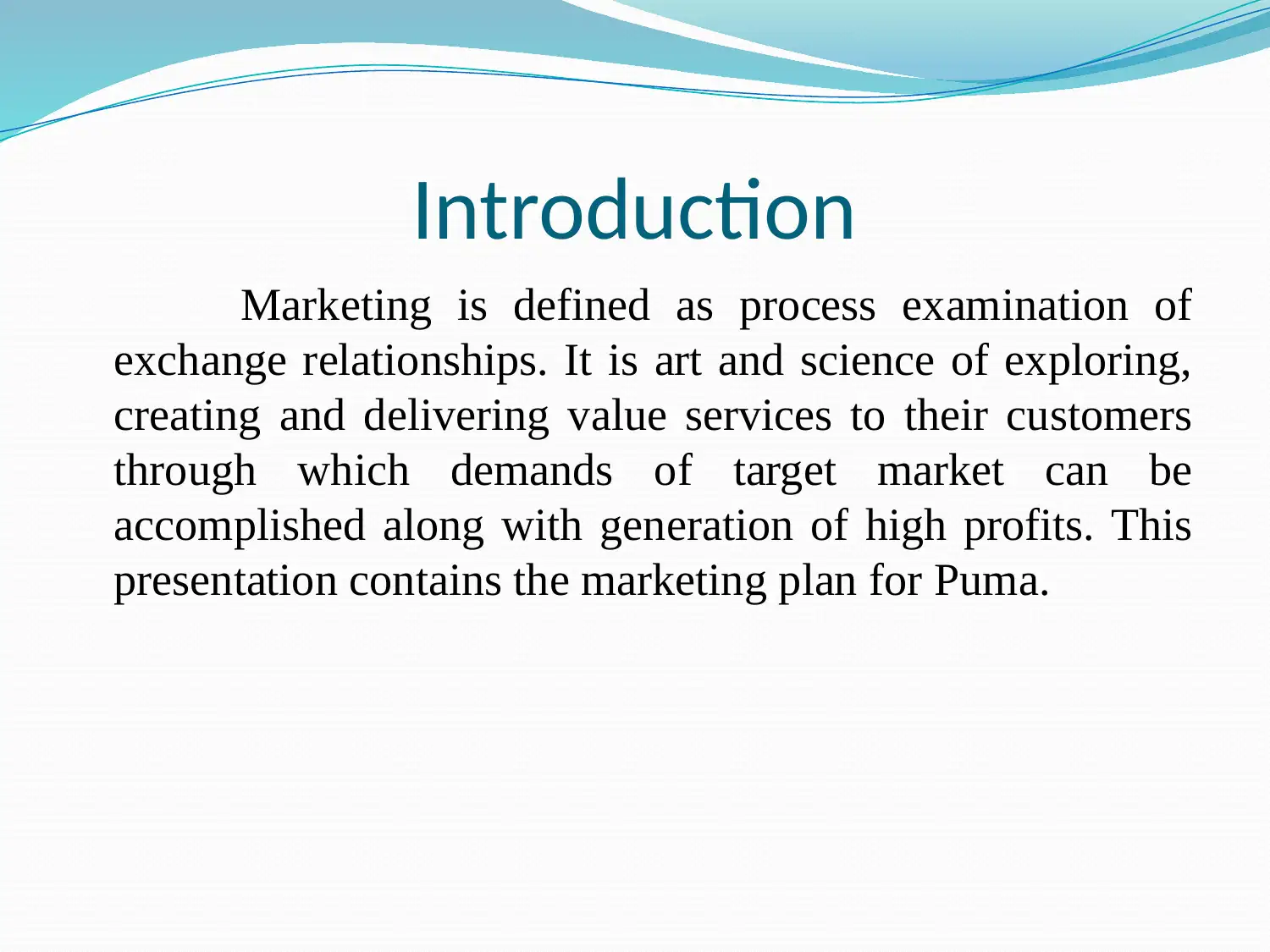


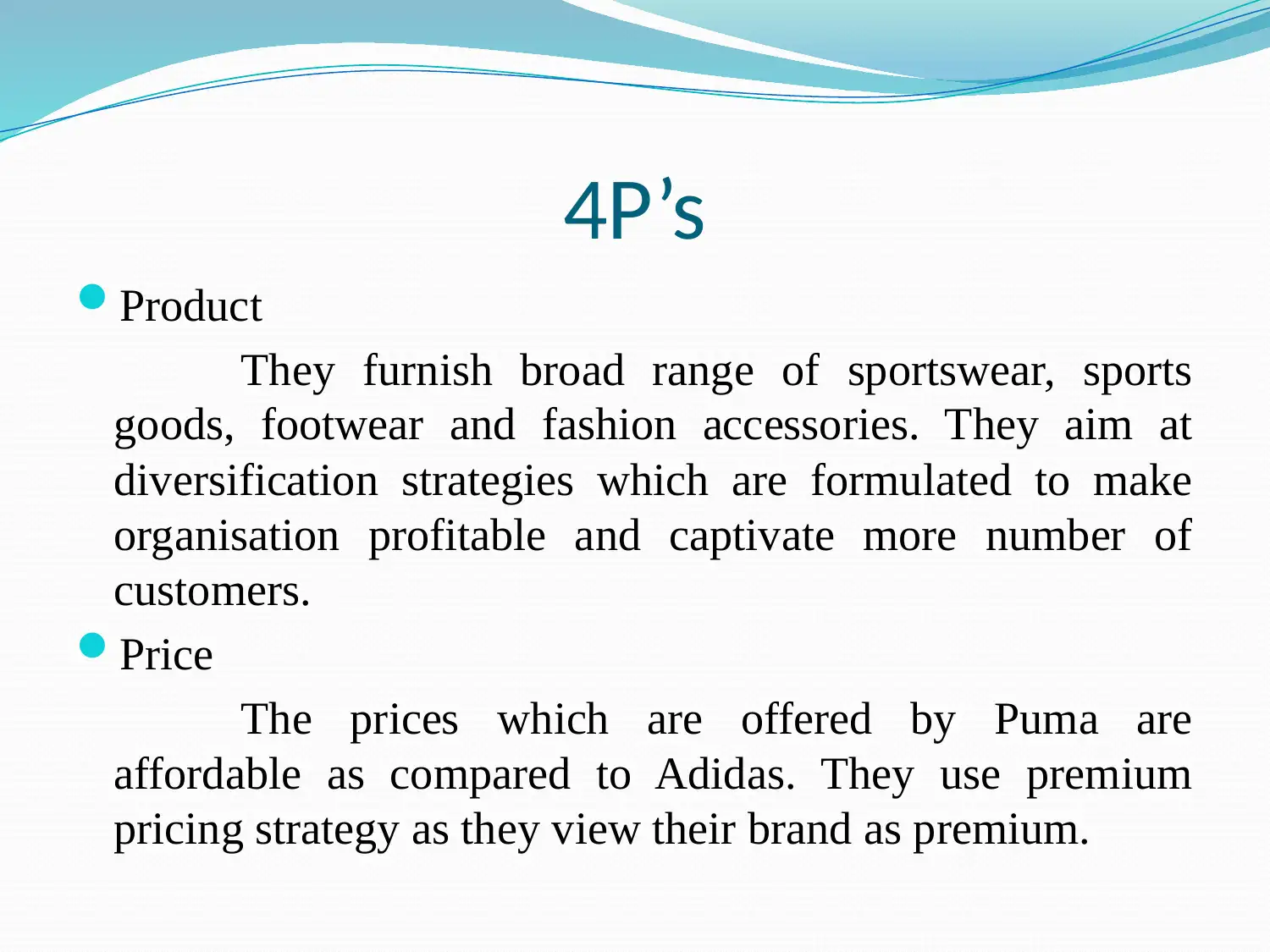
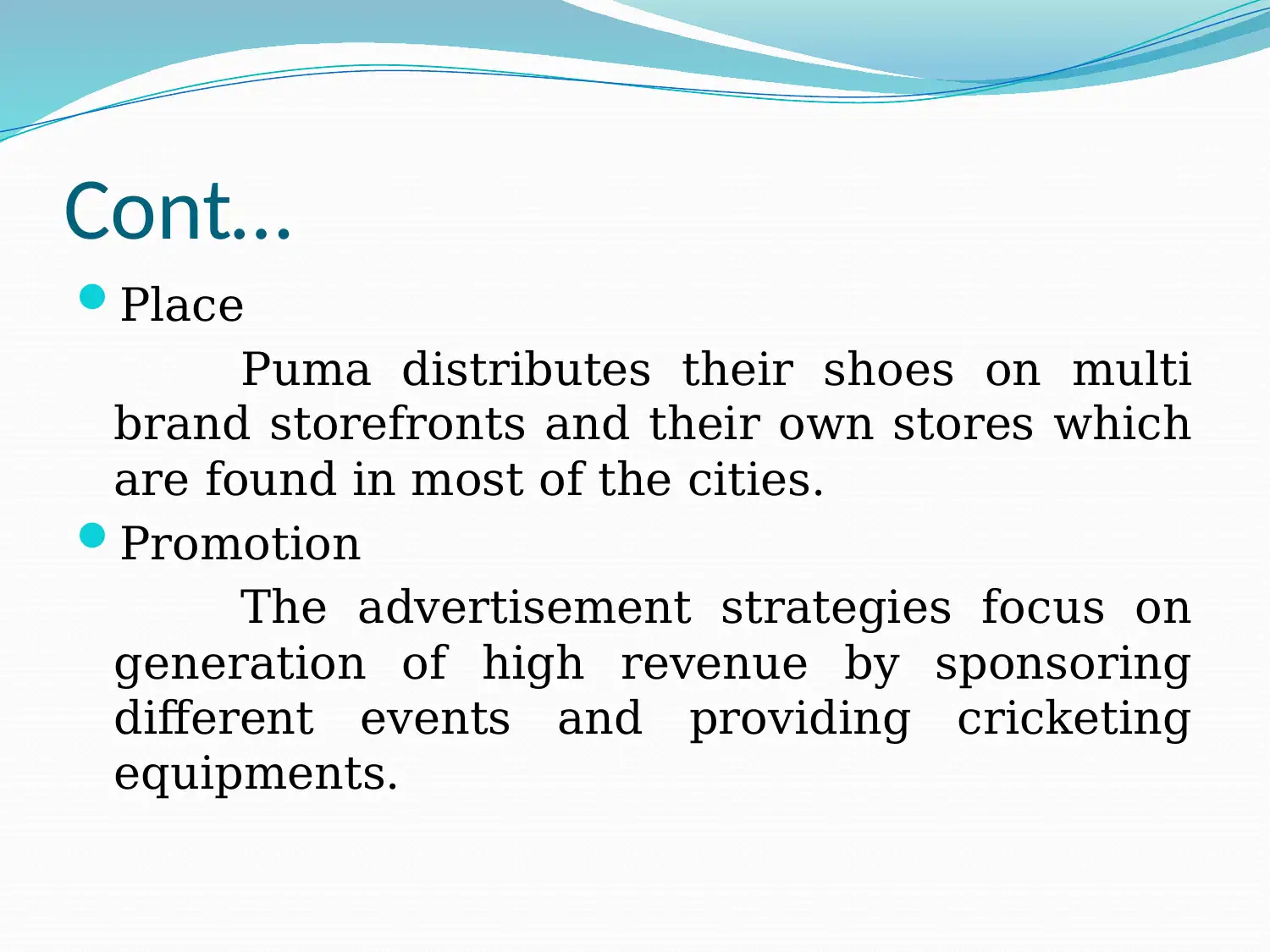
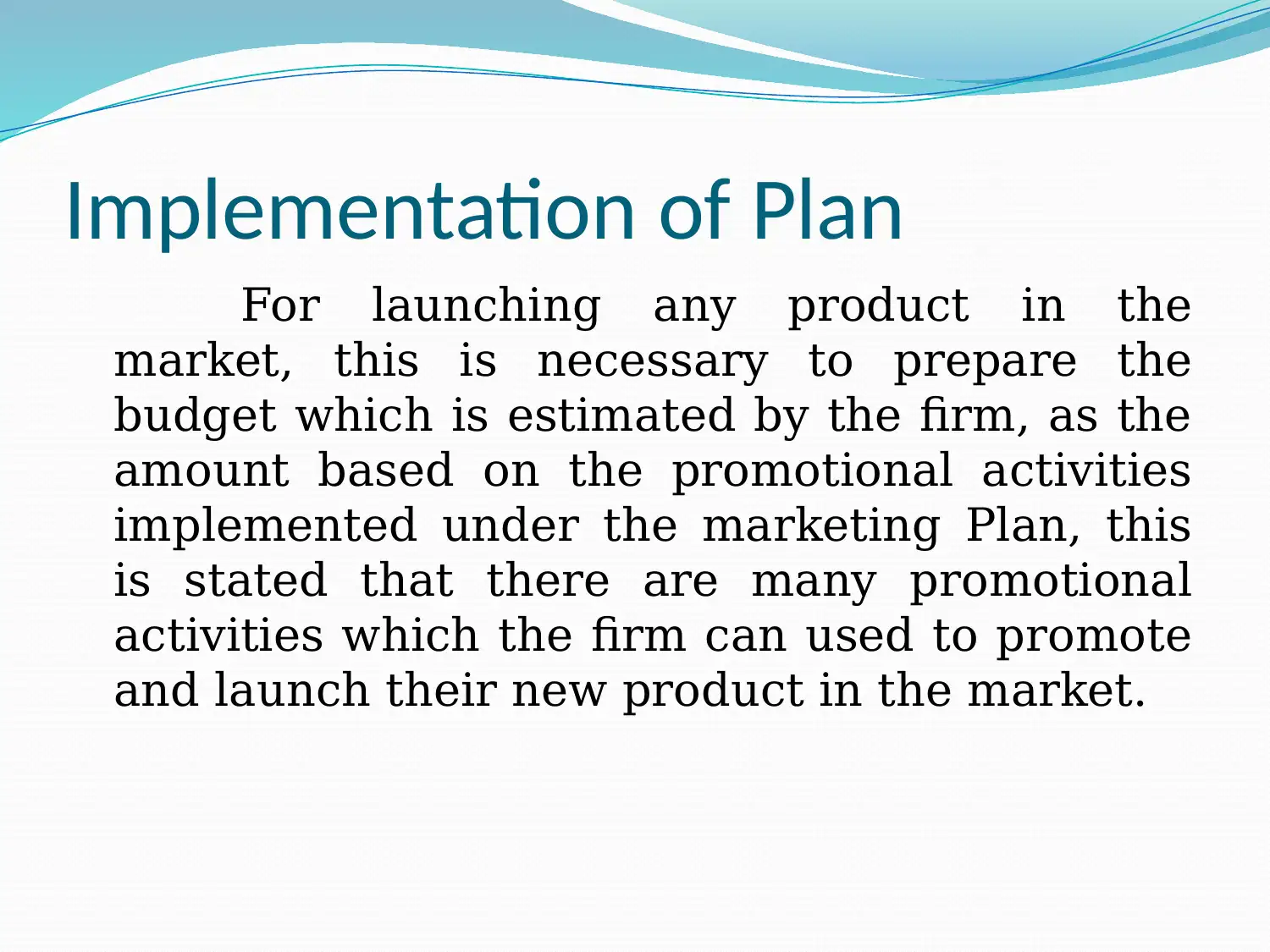
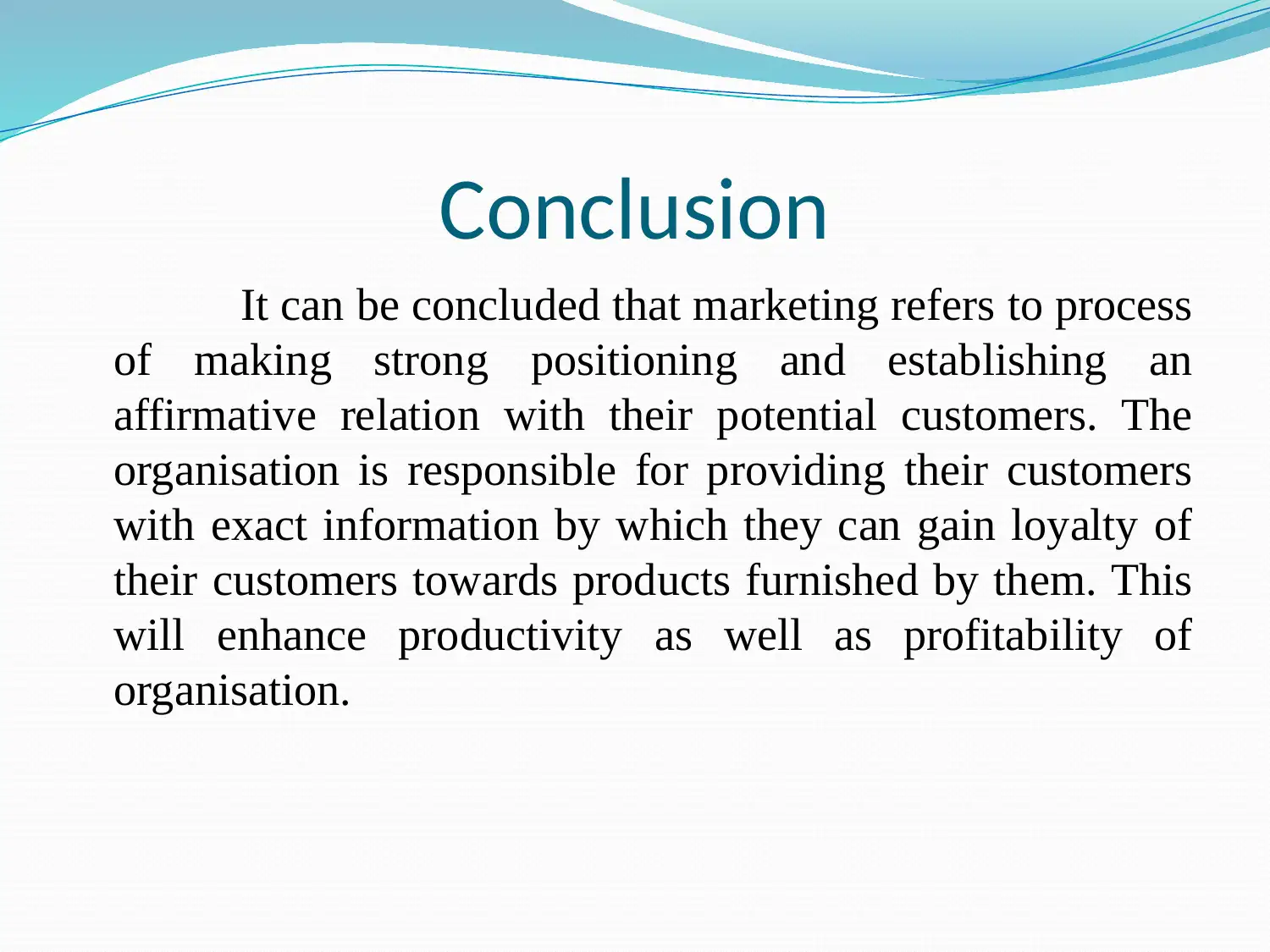
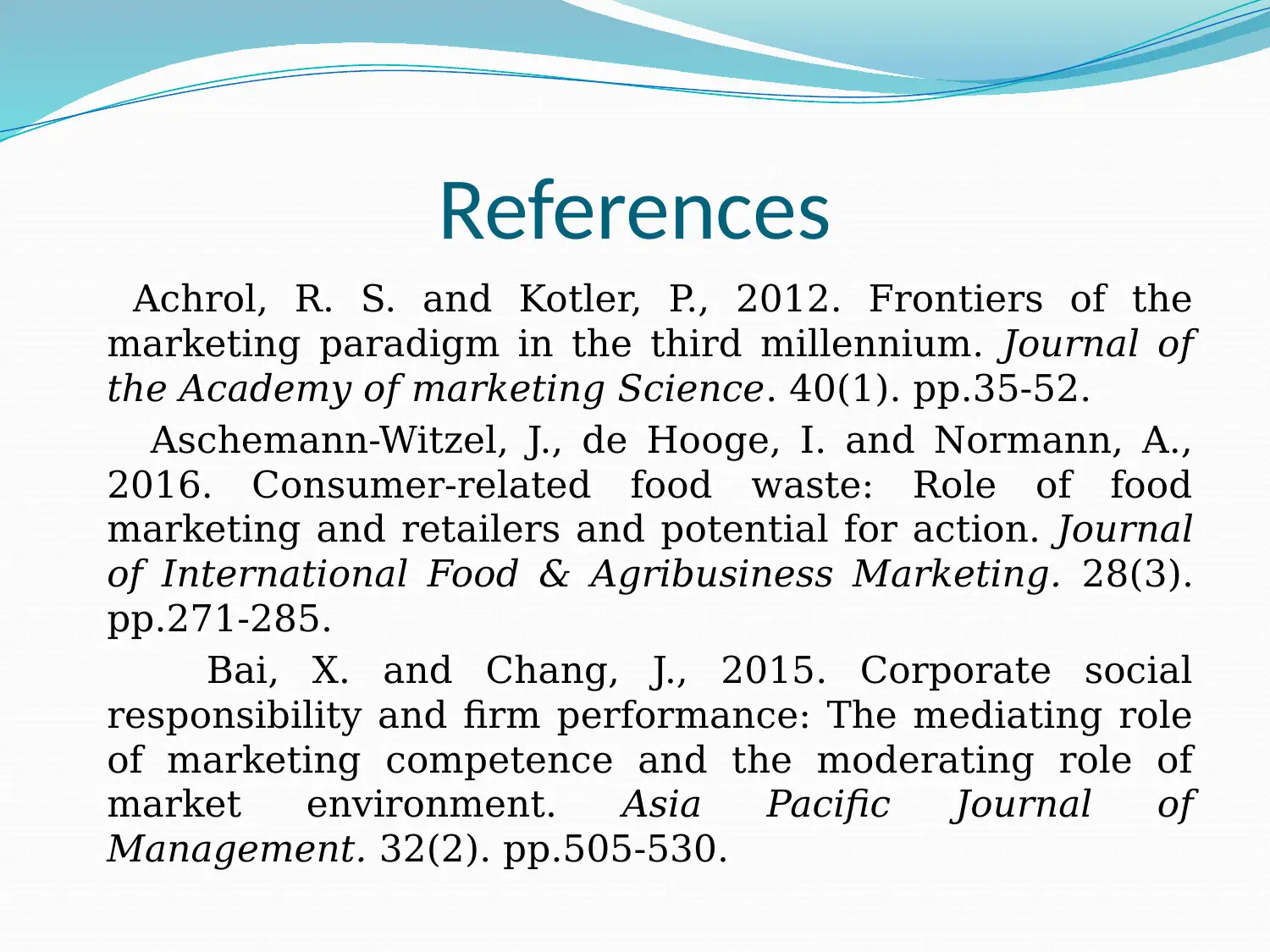







![[object Object]](/_next/static/media/star-bottom.7253800d.svg)